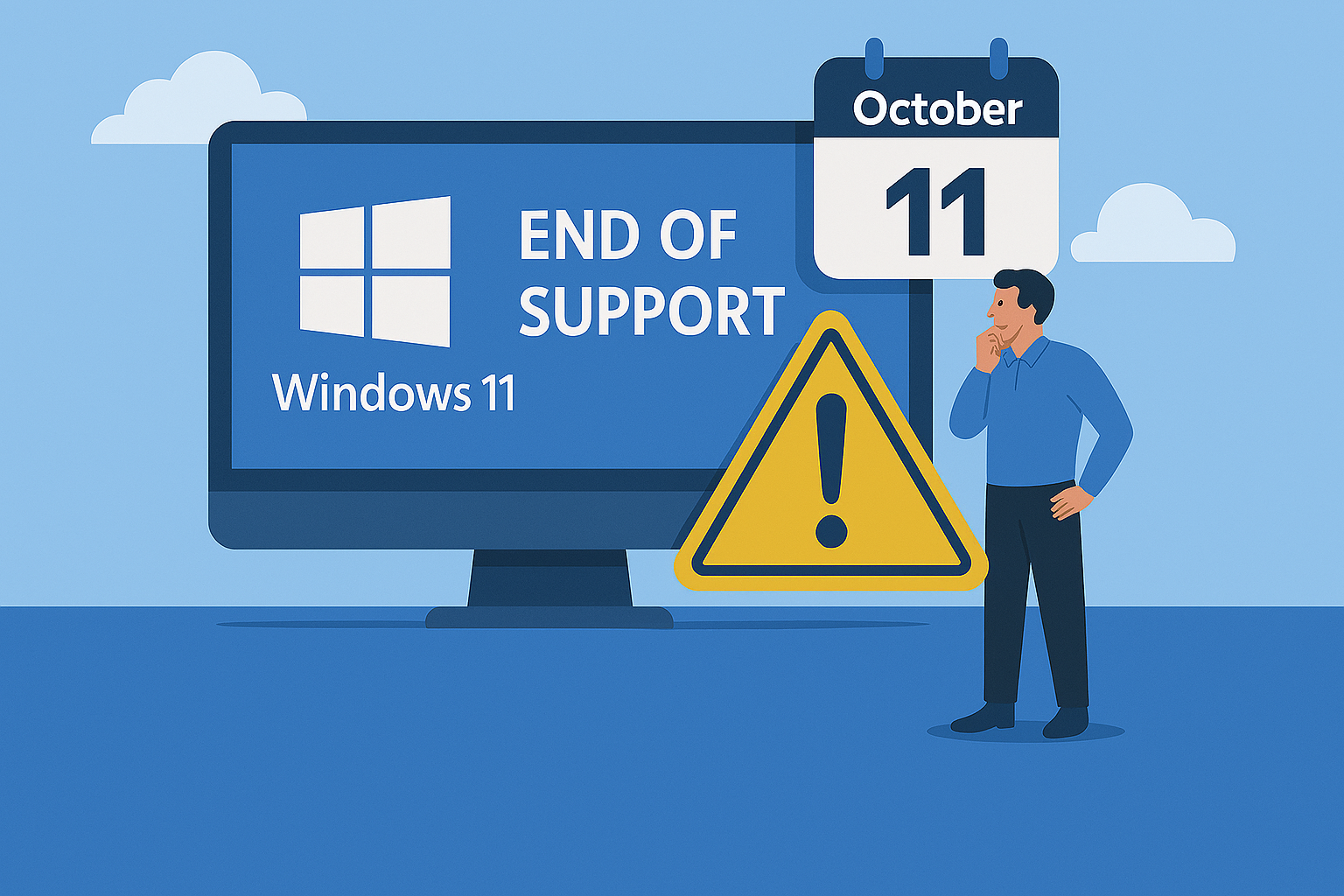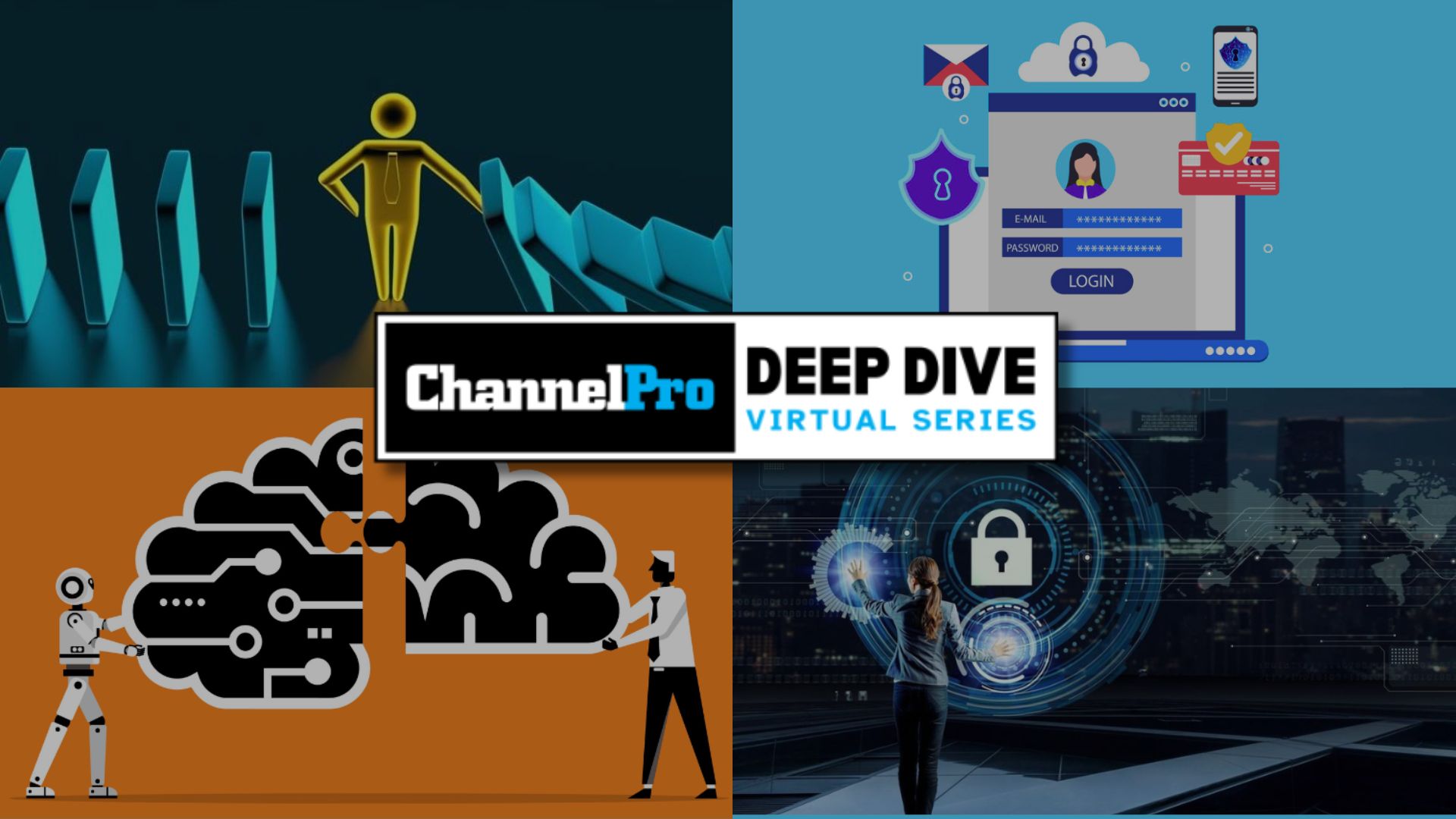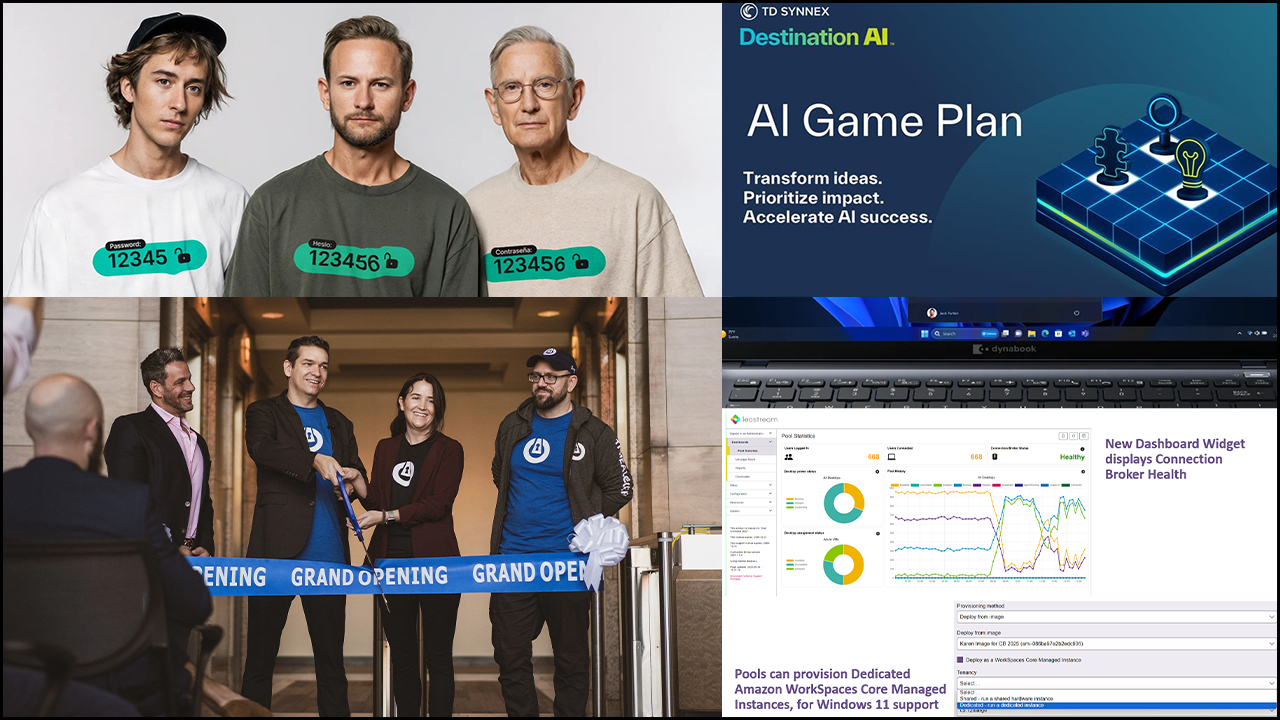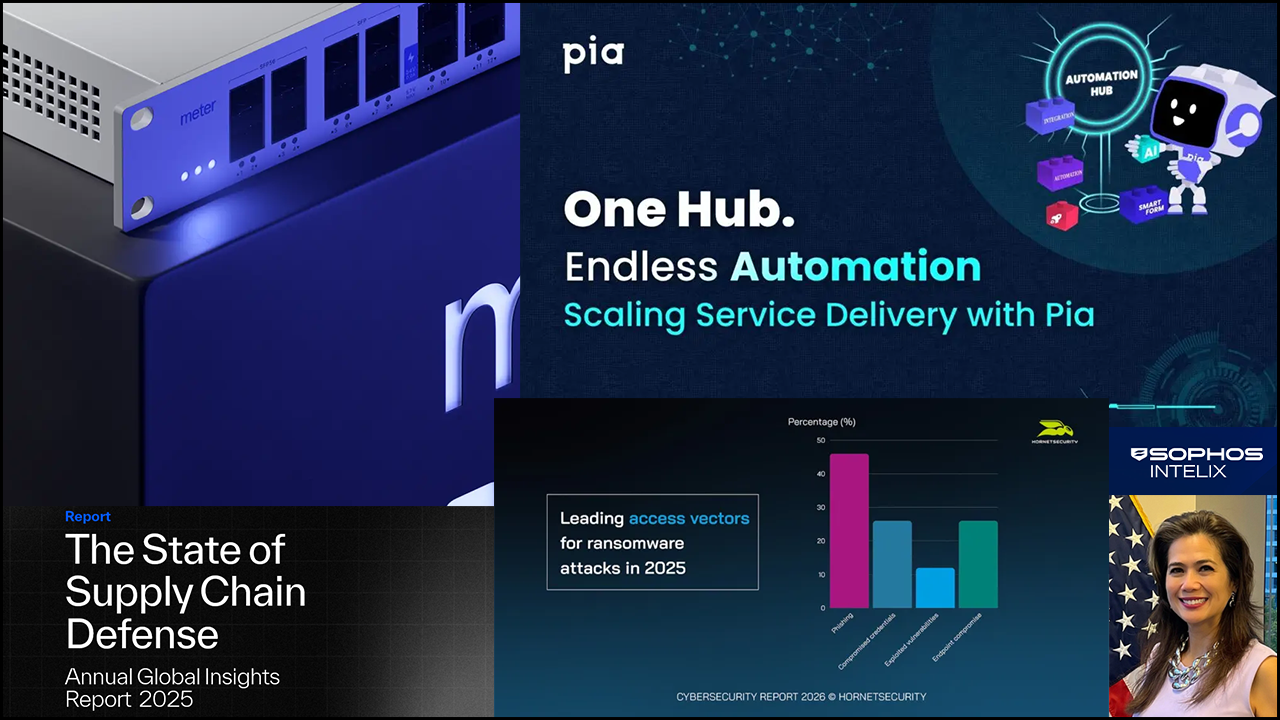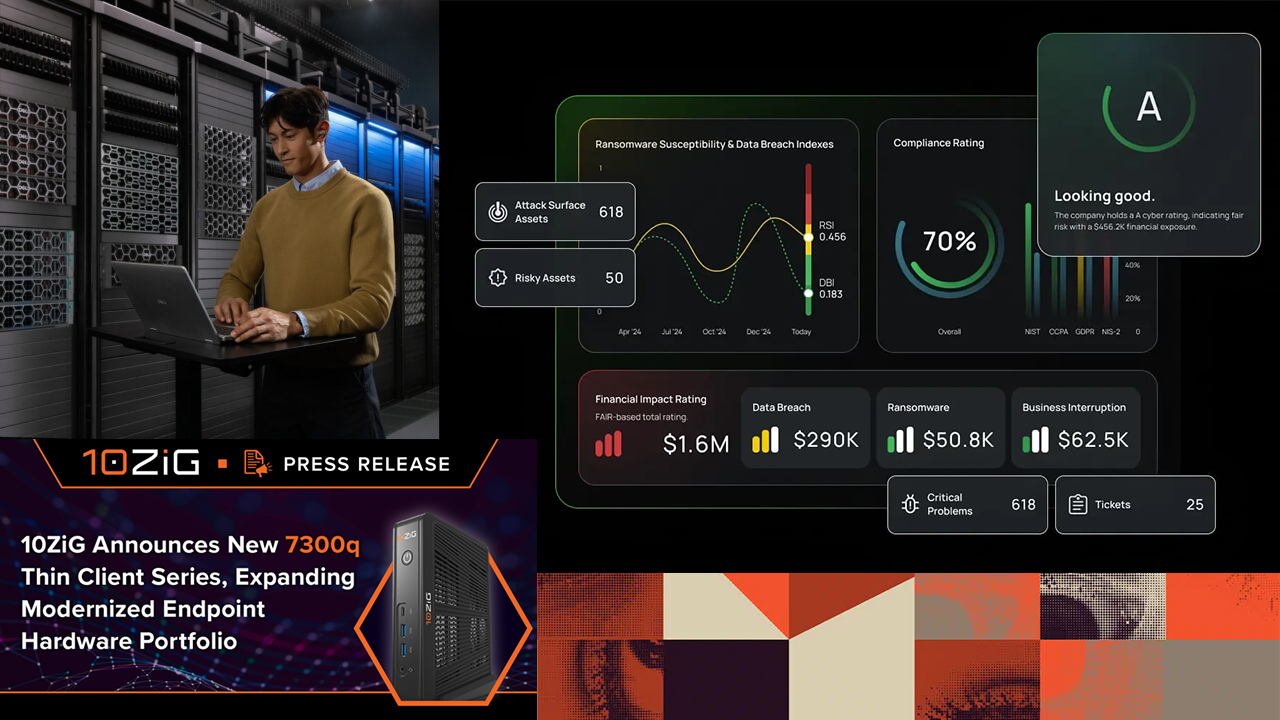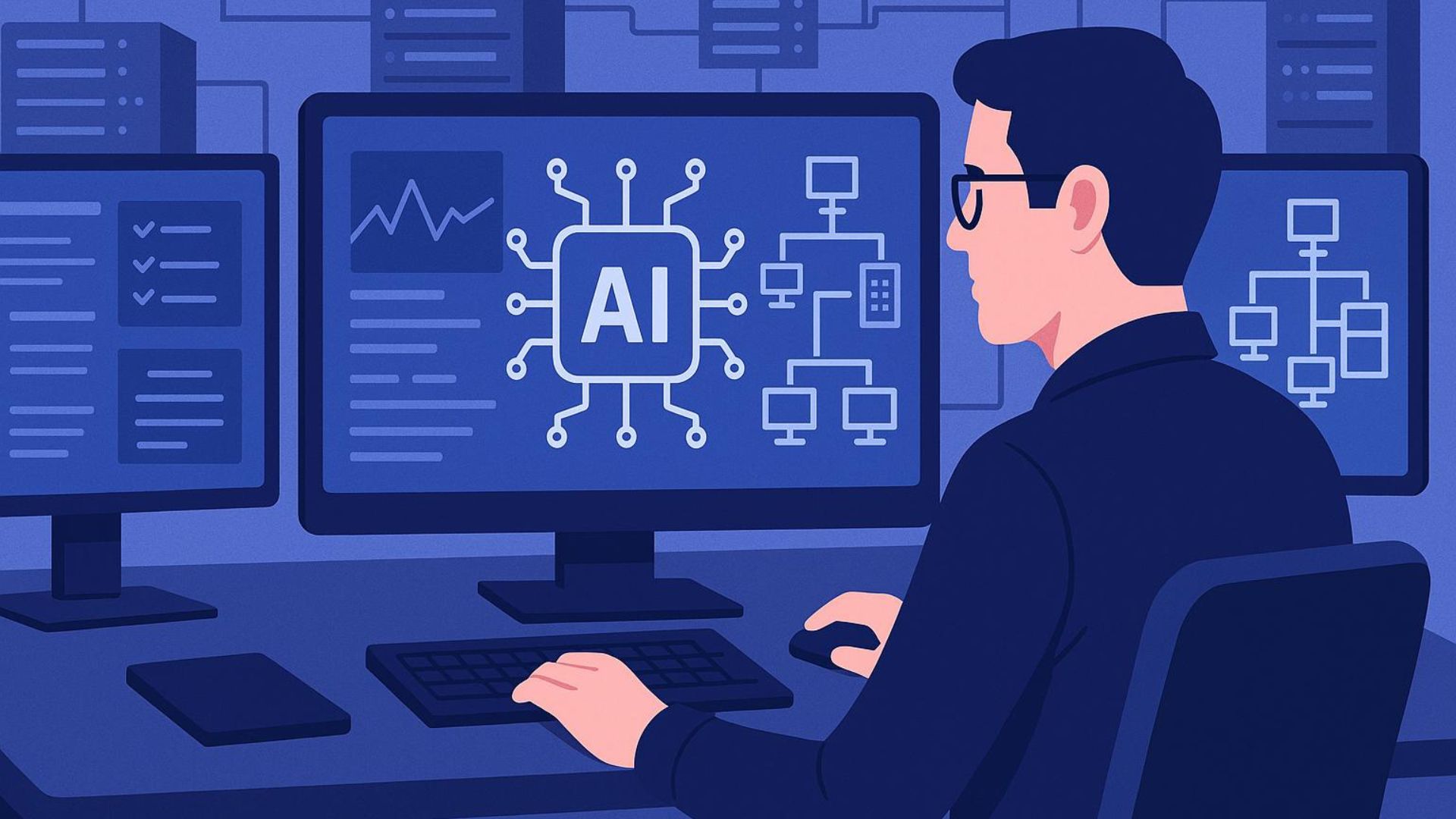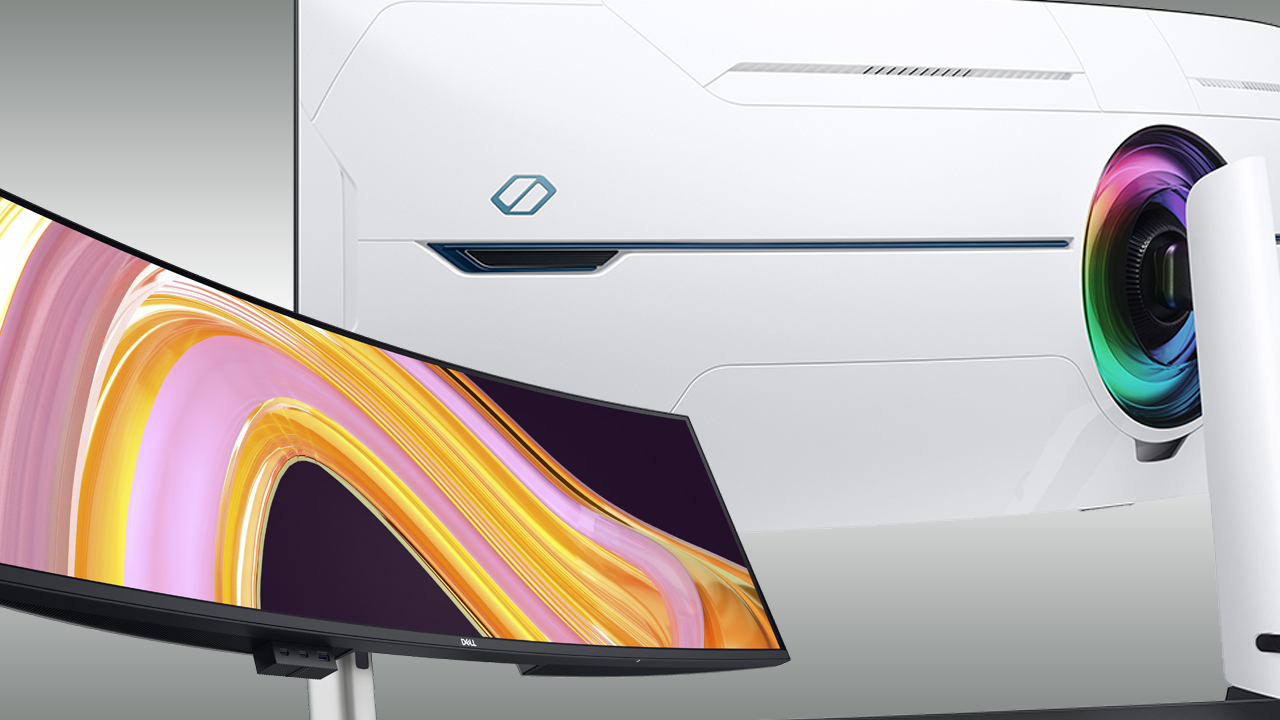The Windows 10 end-of-support date is Oct. 14, 2025. So, the pace of migration to Windows 11 is picking up, but not fast enough. According to recent data from ControlUp, millions of endpoints are likely still running an operating system that is just a month away from losing mainstream support.
For MSPs, VARs, and systems integrators, this presents a critical window of opportunity. Many organizations — especially in sectors like healthcare, finance, and manufacturing — are behind schedule despite having hardware fleets that are largely compatible with Windows 11. The hesitancy to upgrade is often driven more by inertia or resource constraints than by technical barriers.
The new data, aggregated from over a million businesses’ endpoints, shows that most devices in corporate environments already meet the Windows 11 hardware requirements. The migration process itself is straightforward in many cases. It often requires little more than initiating the upgrade and allowing it to complete unattended. Yet migration rates vary widely across industries and regions.
Industry and Regional Disparities Offer Opportunities for Engagement
Education and technology organizations have led the way, with more than 70% of devices already transitioned. In contrast, adoption in healthcare and financial services lags at below 50% despite relatively high rates of compatibility. Manufacturing, often slowed by operational technology constraints, has exceeded expectations, crossing the halfway mark.
Regional differences also shape the migration landscape. European businesses have migrated 70% of their Windows endpoints, compared to just 43% in the Americas. Even more telling, a significant share of U.S.-based devices identified as Windows 11 ready have yet to be upgraded. This signals a lack of planning or urgency, rather than any insurmountable technical limitations.
VDI and Legacy Systems Are Sticking Points
One area of particular concern is virtual desktop infrastructure (VDI). Although VDI environments can often be updated more easily through image refreshes, the majority still run Windows 10. TPM requirements and image management practices are frequently cited as barriers. However, in many cases, the delay stems from operational backlog or resistance to change.

Marcel Calef
With virtual environments often central to remote work strategies, this segment deserves more focused attention from solution providers.
The data also shows that legacy operating systems have largely disappeared from physical devices, but they persist in virtual environments. While only a handful of physical machines still run Windows 7 or 8.1, active older OS versions live in isolated, firewalled VDI environments. This highlights the longer tail of support in virtualized settings. It also underscores the need for clear policy enforcement and lifecycle management.
The pending expiration of Windows 10 support presents a financial decision as well. Extended security updates (ESUs) will be available, but at a cost.
While ESUs may provide a temporary cushion, they introduce avoidable expense. In addition, they don’t eliminate the eventual need to migrate. Channel partners have an opportunity to frame this moment not as a crisis, but as a chance to reduce long-term costs and streamline endpoint management.
Most fleets are already several generations behind current hardware offerings. The shift to Windows 11 aligns naturally with device replacement strategies, especially for businesses standardizing on more recent Intel chipsets.
However, AI-capable PCs (those with Intel Ultra processors or ARM-based Copilot+ capabilities) still are rare in deployed environments. Despite marketing attention on AI features, few devices in the field are capable of supporting them today.
Channel partners are best served treating Windows 11 migrations and AI enablement as separate conversations for now.
Now is the Time to Lead with Windows 11 Migration
With the Windows 10 deadline approaching, organizations that wait face escalating support costs and avoidable disruption. Those that act now can position their endpoint strategies for better security, performance, and operational consistency.
Channel partners must now engage clients, assess readiness, and guide them through the final stages of migration.
Marcel Calef is the Americas field chief technology officer at ControlUp. His responsibilities include leading the deployment of the Secure DX product and managing a white glove program for existing customers.
Featured image: AI-generated by Microsoft Copilot



